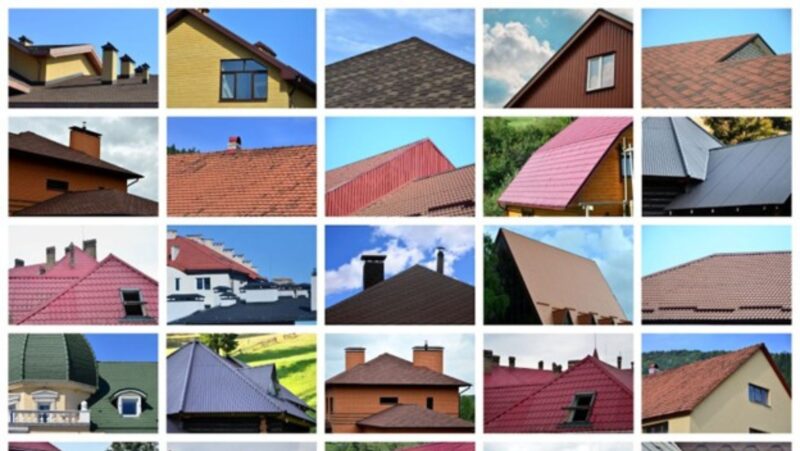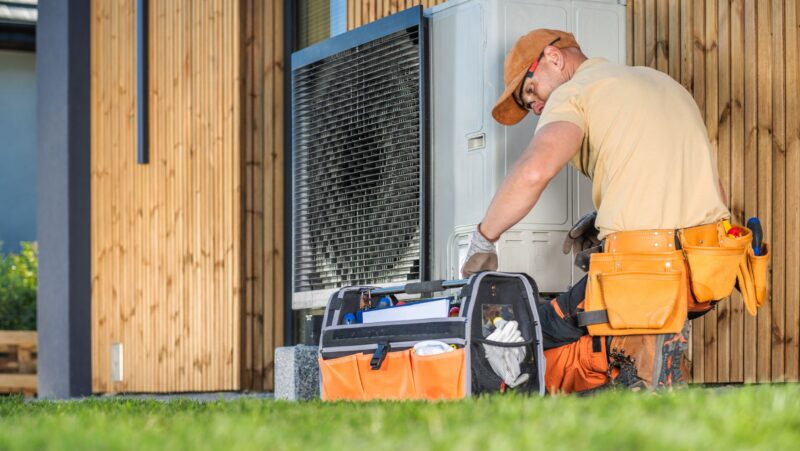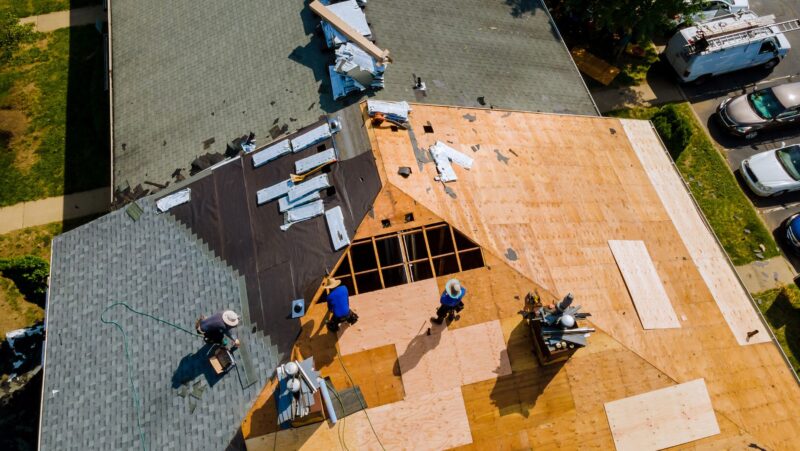
Gutters play a crucial role in protecting a home’s structural integrity by directing water away from the foundation and preventing damage. Yet, like any exterior feature, they require regular inspection and maintenance. Severe cracks, holes, or rust spots are definite signs that need immediate attention and may indicate the necessity for gutter replacement. Ignoring these issues can lead to extensive water damage, compromising not only the gutters but also the home’s interior and exterior.
Homeowners should also watch for missing brackets or visible sagging in gutters, as these issues can impair their functionality. Overflow or debris buildup might initially seem like minor nuisances, yet they can signal underlying structural problems. A proactive approach to gutter maintenance can avert future costly repairs by addressing these warning signs before they escalate.
Choosing the right time for the replacement of rain gutters is an investment in the longevity of the home. A properly maintained gutter system should last decades, but factors like improper installation or inferior materials can drastically reduce their lifespan. To explore comprehensive advice and strategies for effectively managing gutter issues, reviewing information on when replacement might be necessary can provide homeowners with valuable insights.
Key Takeaways
- Severe cracks and holes require immediate gutter replacement.
- Regular maintenance helps prevent costly repairs from unnoticed damage.
- Vigilant inspection extends the lifespan of the gutter system.
Identifying Critical Gutter Damage
Critical gutter damage can manifest in several ways that require immediate attention. Signs such as visible cracks or holes allow water to escape and cause structural issues, including foundation and basement flooding. Recognizing water damage through stains or mold is crucial, while sagging gutters indicate potential collapse. Timely maintenance and repair are essential to prevent these problems.
Visible Cracks and Holes
Cracks and holes in gutters are a major concern as they compromise the system’s ability to redirect water efficiently. Visible flaws can cause water to drip along the sides of your home, leading to moisture damage on exterior walls and the foundation. Checking for these defects is often straightforward, as they manifest as irregular water flow or the presence of puddles after rain.
Addressing visible cracks and holes promptly through patching or replacement is necessary to maintain gutter function and structural integrity. Neglecting these issues can result in worsening conditions, ultimately necessitating more extensive repairs. Consistent gutter maintenance, including regular inspections, can help in early identification and prevent escalation of minor damages.
Evidence of Water Damage
Water damage is a significant indicator of gutter malfunction. Common signs include water stains, mold, or mildew on walls or ceilings. These signs suggest that water is overflowing from clogged or broken gutters, seeping into the building. Such moisture problems, if left unaddressed, can lead to basement flooding and even foundation damage.
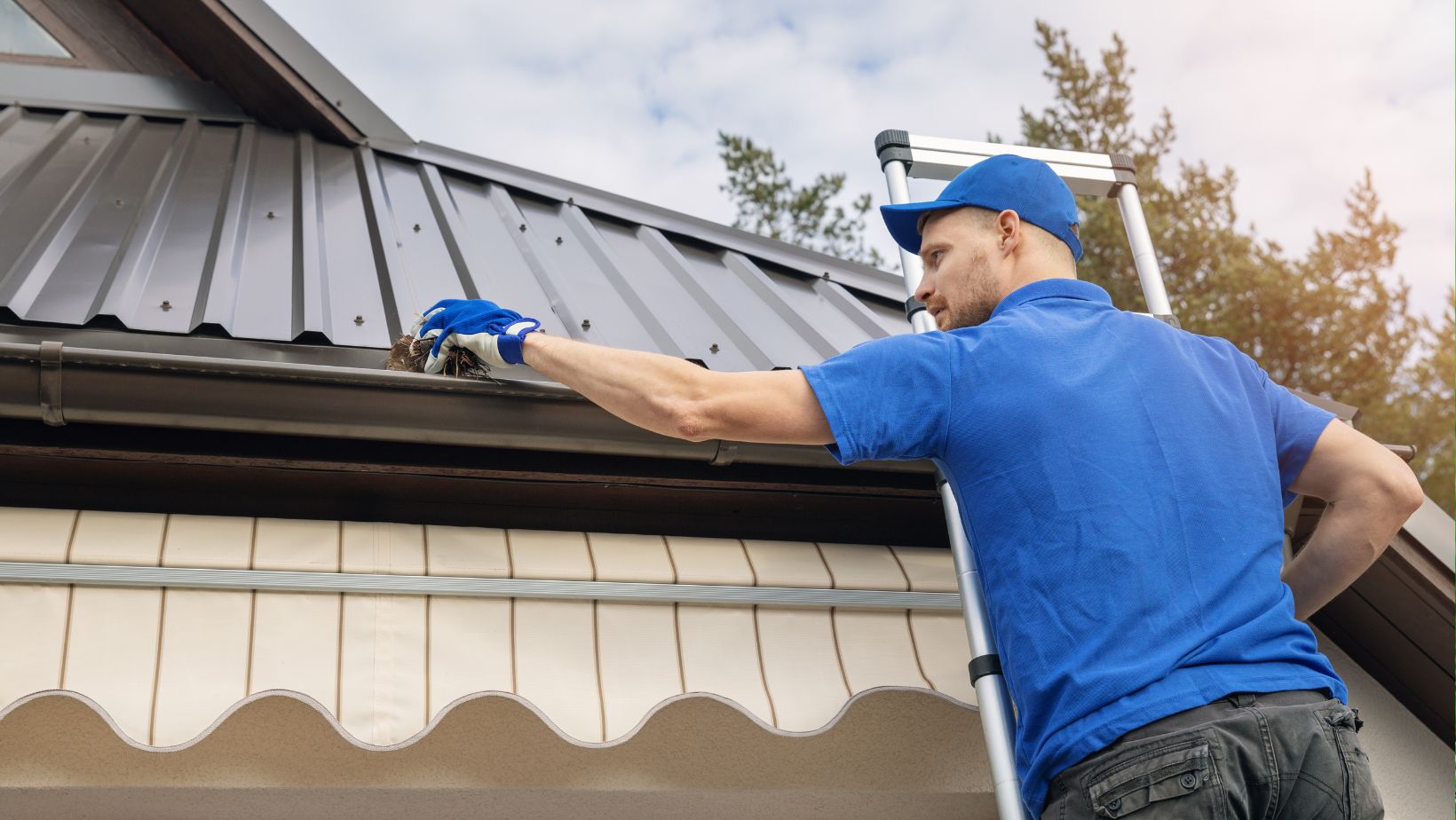
Inspecting for water-related damage extends beyond the gutters themselves. Look around the home’s perimeter for areas where moisture collects unusually, as these are signs of potential gutter failure. Taking immediate action, such as repairing leaks or realigning downspouts, can mitigate these risks effectively.
Sagging and Structural Concerns
Sagging gutters are an unmistakable sign of urgent concern. When gutters start to sag, they no longer support the weight of water adequately, increasing the risk of detachment and structural damage. Causes of sagging include the accumulation of debris, improper installation, or deterioration over time.
Assessing gutters for sagging involves observing uneven lines or surfaces that bow away from the house. In severe cases, sagging may lead to a total gutter system collapse. Regular cleaning and support reinforcement can prevent sagging, ensuring continued protection against water damage for the home’s structure.
Maintaining and Protecting Your Gutters
Preserving the integrity of your gutters requires a proactive approach involving regular maintenance, material selection, and professional consultation. Properly maintained gutters ensure efficient drainage, helping to avoid issues like water pooling and structural damage.
Preventing Clogs and Overflow
Clogged gutters can lead to water overflow and potential damage to a home’s foundation. To prevent this, regular gutter cleaning is essential. This involves removing debris build-up like leaves and twigs, which can impede the flow of water.
Gutter guards can also be installed to minimize debris accumulation. They are effective in reducing the need for frequent cleaning and ensuring smooth water flow. Additionally, routine checks for signs such as pooling water or water stains around the home can detect potential overflow problems early.
Choosing the Right Gutter Material
The choice of gutter material significantly influences maintenance needs and the overall longevity of the system. Aluminum gutters are popular due to their lightweight and corrosion-resistant properties, making them easy to maintain.
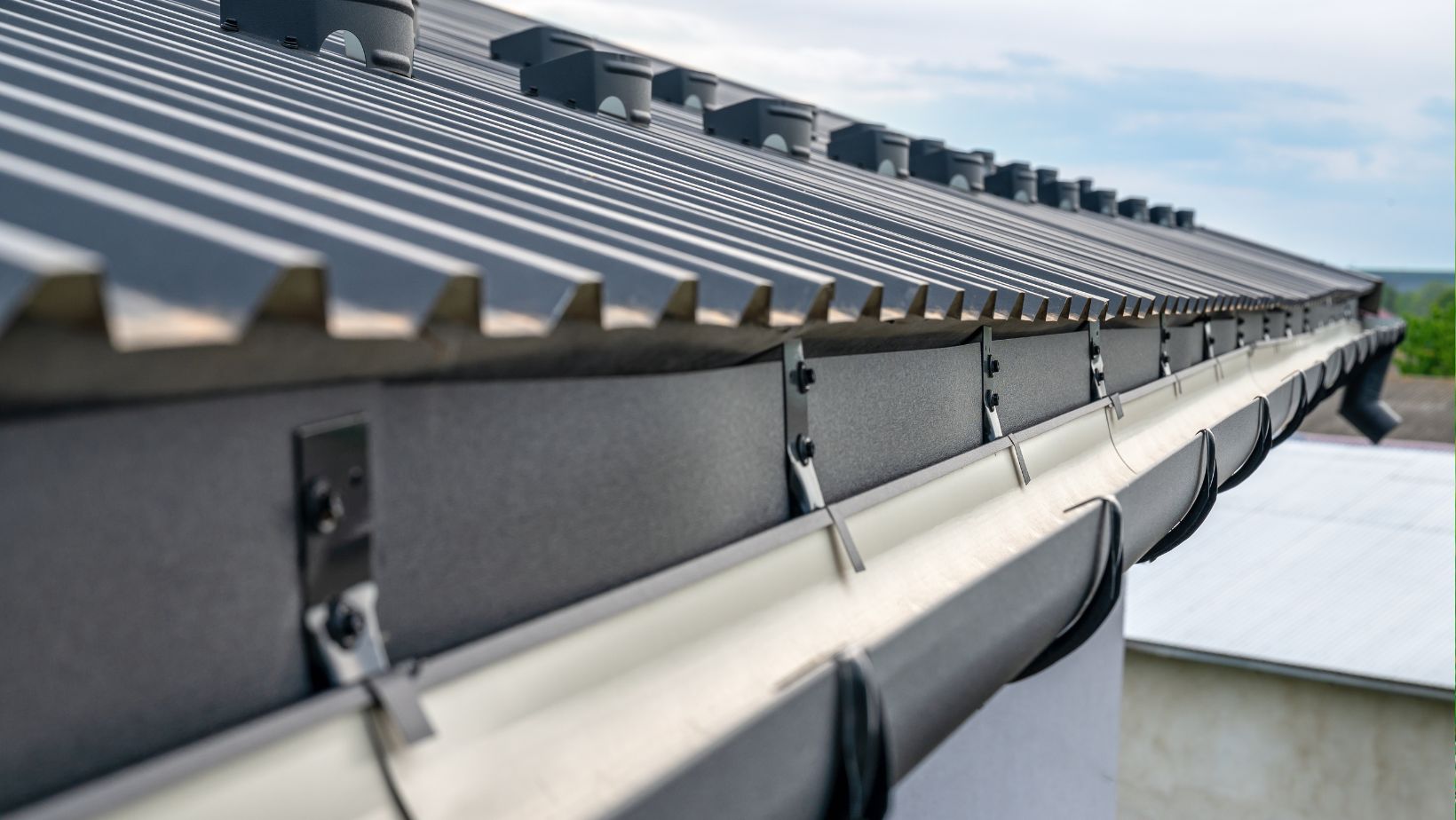
Copper gutters offer durability and aesthetic appeal but come with a higher price tag. Vinyl gutters are affordable and resistant to rust but may become brittle in cold weather. Steel gutters provide strength but require regular painting to prevent rust. Selecting the right material based on climate and budget can optimize the function and lifespan of gutters.
Professional Inspection and Repair
Routine inspections by a professional are vital for gutter maintenance. Experts can assess the system for damage or wear, addressing issues like sagging or separation from the house. Professional gutter repair services can also correct problems that DIY methods might miss, ensuring proper drainage and preventing serious damage.
Engaging professionals allows homeowners to receive tailored advice and services such as gutter replacement when necessary. By combining self-inspections with professional evaluations, homeowners can mitigate risks associated with malfunctioning gutters and maintain their property’s value. Proper maintenance steps help prolong the efficiency of gutter systems, safeguarding homes against potential water damage threats.
Conclusion
Gutter maintenance is crucial for safeguarding a home from water damage. Recognizing signs of damage like cracks, leaks, and pooling water is essential for timely replacement.
Addressing these issues promptly can prevent more extensive and costly repairs. Homeowners should prioritize regular inspections and remain vigilant to ensure their gutter systems function effectively.








